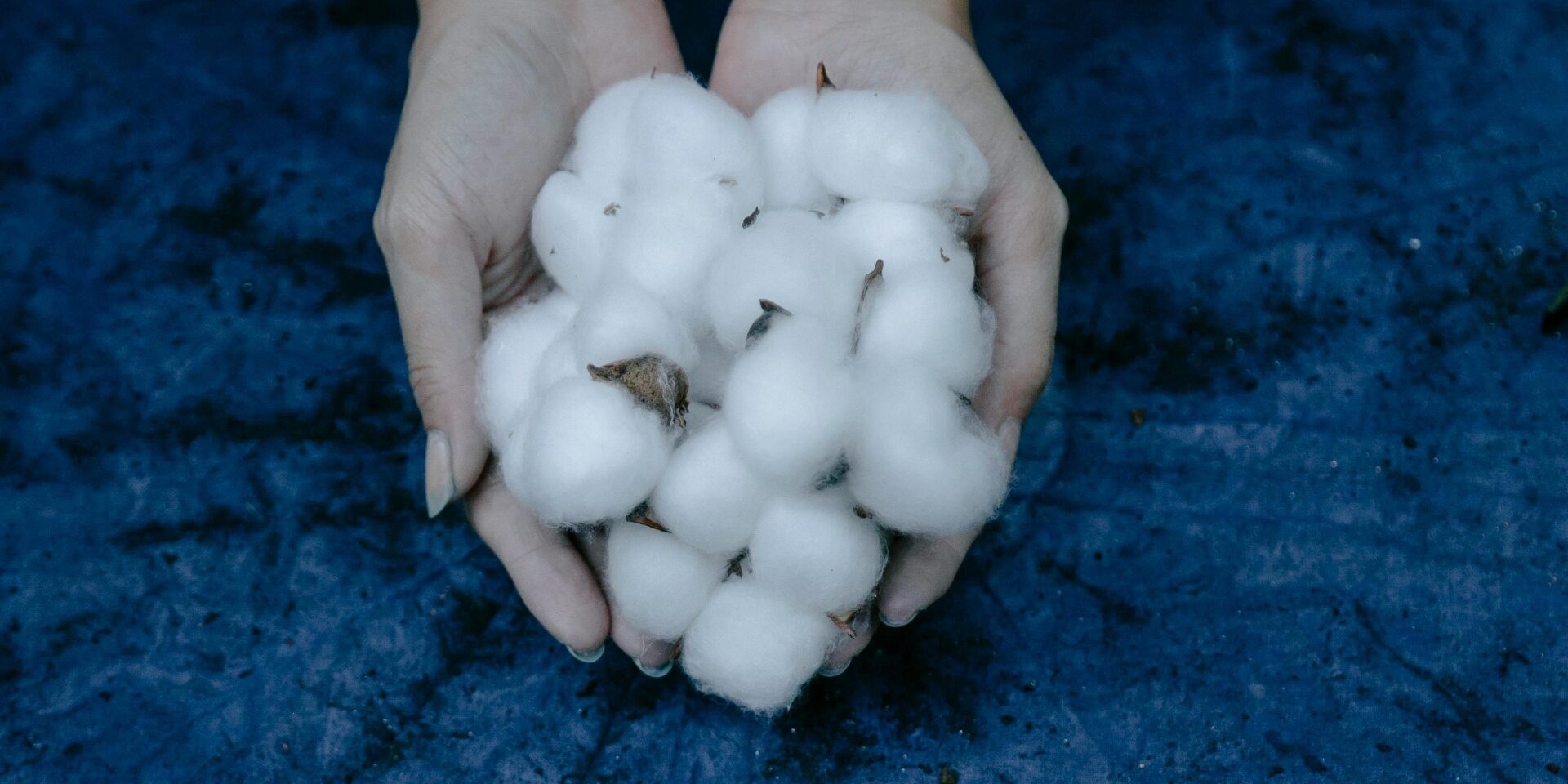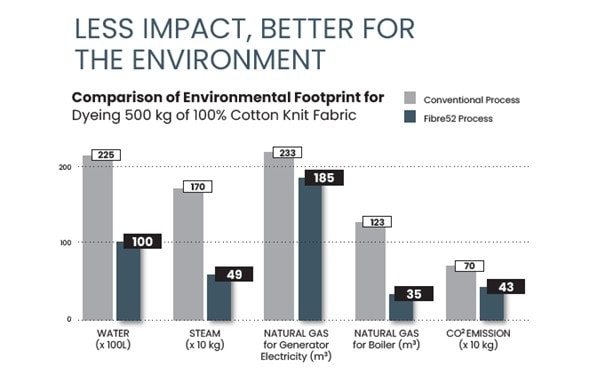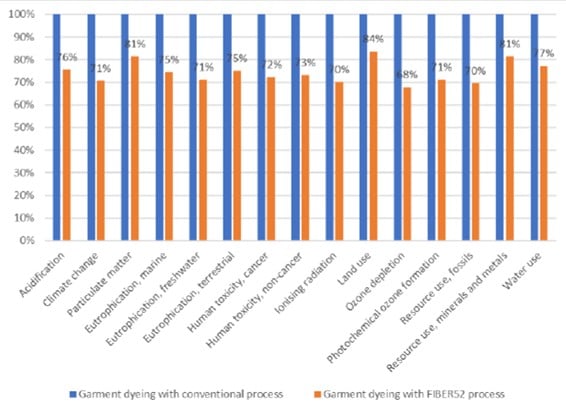The textile industry is one of the most environmentally impactful, but Fibre52 is changing the game with innovative technology that drastically reduces water, energy, and chemical consumption in the fabric dyeing process. Let’s explore how this revolutionary process is transforming the textile dyeing world.
The Problem with Traditional Dyeing
Dyeing fabrics, particularly cotton, is a resource-intensive process. Conventional methods require large amounts of water, energy, and chemicals to fix dyes onto fibers. According to reference documents, dyeing 500 kg of cotton fabric using traditional methods requires 225 units of water, while the Fibre52 process uses only 100 units, reducing water consumption by about 55%.
In addition to water consumption, conventional dyeing has a significant environmental impact due to CO2 emissions, the use of natural gas for heating, and the production of chemical discharges that are difficult to treat. Fibre52 aims to eliminate these issues by offering a more efficient and sustainable alternative.
Fibre52: An Ecological and Innovative Alternative
Fibre52 has developed a patented process that eliminates the need for harmful chemicals and drastically reduces environmental impact without compromising dye quality.
Here are the main advantages:
- Water reduction of up to 70% compared to traditional dyeing methods.
- Less electricity, with up to a 40% reduction in energy consumption.
- Lower CO2 emissions, reduced by up to 40%.
- Shorter processing times, saving up to 25%.
- Compatibility with existing machinery, with no need for new investments by textile companies.
- Zero PFAS and toxic substances, making the process safer for the environment and workers.
- Zero PFAS and toxic substances, making the process safer for the environment and workers.
Performance and Comfort: A New Generation Fabric
Despite its focus on sustainability, Fibre52 does not compromise dyeing performance.
In fact, it enhances it:
- More vivid and long-lasting colors thanks to more effective and uniform dyeing.
- Greater durability: The process preserves the natural structure of the fiber, reducing pilling formation.
- Natural water resistance: Fibre52 makes fabrics more water-resistant without the use of fluorocarbons.
- Better moisture management: The fabric helps regulate body temperature better than synthetics.
An Opportunity for Textile Companies
Fibre52 offers a competitive advantage for textile manufacturers and fashion brands, addressing the growing demand for transparency and sustainability. Adopting this technology allows companies to reduce operational costs and enhance their environmental reputation without increasing final prices.
Conclusion
Fibre52 is redefining the future of textile dyeing by offering a sustainable and high-performance alternative to traditional processes. With a reduced environmental impact and superior quality, this innovation represents a crucial step toward a more responsible and conscious textile industry.
Learn more at Fibre52.com and join the sustainable fashion revolution!



